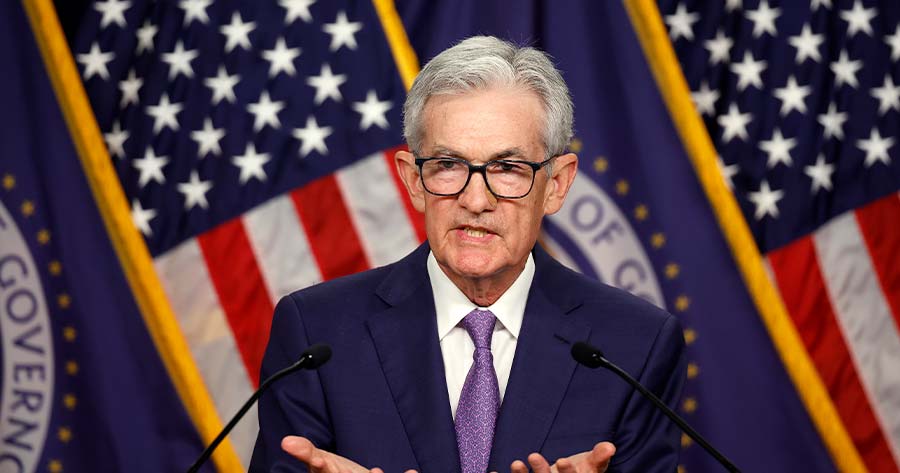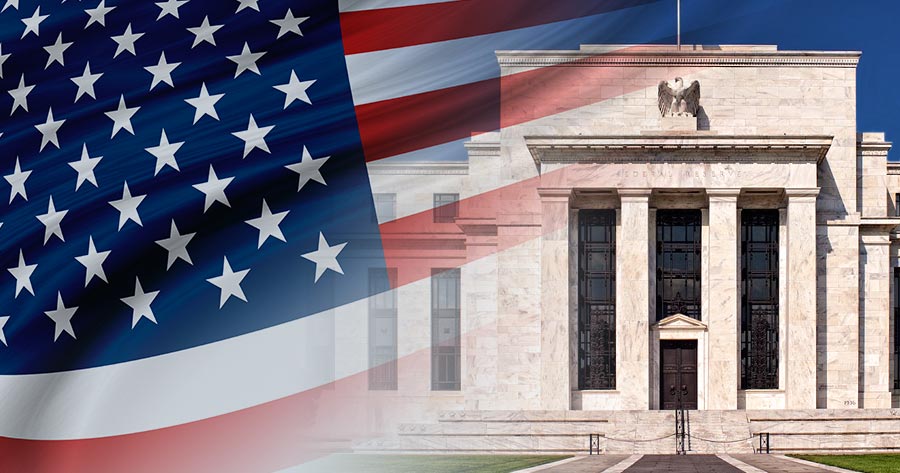The Federal Reserve on Wednesday implemented its first interest rate reduction since the outbreak of the Covid pandemic. The move involved a 0.5 percentage point reduction in benchmark rates, aiming to prevent a slowdown in the labor market.
With weakening figures in both employment and inflation, the Federal Open Market Committee opted to reduce the key overnight borrowing rate by 50 basis points. This decision aligned with market expectations, which had recently adjusted to anticipate a cut of this magnitude rather than a smaller one.
Excluding the emergency rate adjustments during Covid, the previous instance of a 50 bps cut by the FOMC occurred in 2008 during the global financial crisis.
Following this development, the federal funds rate now ranges between 4.75% and 5%. It is worth mentioning that the vote within the FOMC stood at 11-1, with Governor Michelle Bowman advocating for a 0.25 percentage points adjustment instead.
Moreover, the committee, as indicated in its “dot plot”, implies the likelihood of an additional 50 basis points in cuts by the end of the year, aligning with market predictions. Individual officials’ projections within this matrix suggest a total reduction of 1 percentage point by the end of 2025 and 0.5 percentage point by 2026. Altogether, the dot plot depicts a decrease of around 2 percentage points in the benchmark rate, surpassing the reduction from Wednesday.
The post-meeting statement highlighted, “The Committee has gained greater confidence that inflation is moving sustainably toward 2 percent, and judges that the risks to achieving its employment and inflation goals are roughly in balance.”





